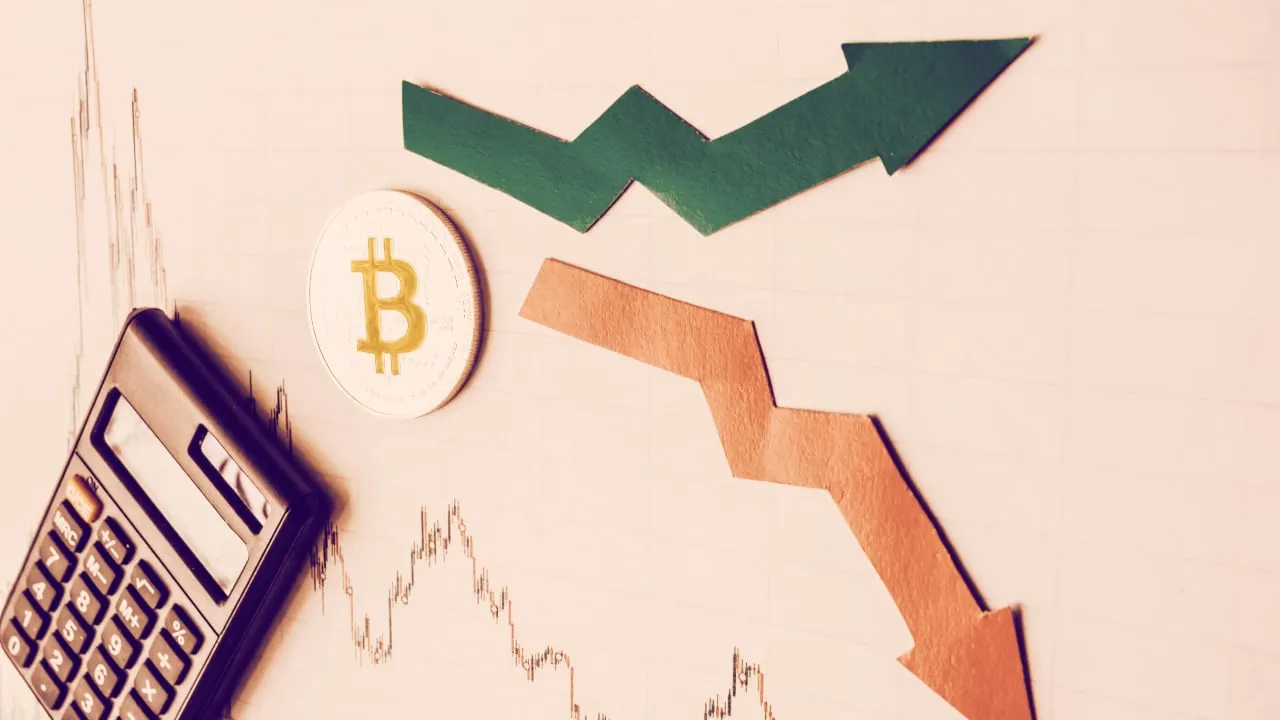In brief
- Using data from Coin Metrics, we examine Bitcoin’s correlation ratios to other major assets.
- Bitcoin shows significant correlation with the S&P 500, and only minor correlations to gold,
- But its relationship with other indexes tells a more complete story.
Bitcoin has many faces. To some, it’s a vessel for speculation and investment. For others, it’s a censorship-resistant medium of exchange free of remittance controls when sending money home.
But at its heart, Bitcoin might best be described as an alternative monetary system that offers people monetary independence.
And it’s this view of Bitcoin that drives the narrative that the cryptocurrency functions as a hedge asset—digital gold built to weather the turmoil of global economic crises.
That narrative, first forged during the 2008 financial crisis from which Bitcoin was born, is now being put to the test.
But following the market crash on March 12 resulting from the coronavirus pandemic, Bitcoin’s price hasn’t exactly been cutting against the grain. Like most all major assets, Bitcoin is clinging to the chart movements of everything around it.
Correlations and causations
Indeed, Bitcoin’s correlation with other major assets has reached new highs.
Most notably, market commentators have pointed to the S&P 500—a bulwark index of 500 US companies which is often treated as a metonym that gives us the beat of the US stock market. Bitcoin’s correlations with this asset, according to data from crypto analytics firm Coin Metrics, have never been greater.
Currently, on a scale of 1.0 to -1.0 (with 1.0 meaning two assets are completely correlated and -1.0 meaning they aren’t correlated at all), Bitcoin and the S&P 500’s correlation ratio rests at 0.16.
For most of Bitcoins’s young life, the correlation between the cryptocurrency and the S&P 500 was largely negative—until the 2017 bull run (when Bitcoin’s skyrocketing notoriety seemingly invited a host of new investors, many of whom had their hands in other markets).
For perspective, Bitcoin’s physical analog, gold, typically has a negative correlation with stocks. For example, in the aftermath of 2008, gold’s correlation to the S&P 500 was -0.89. But even during Black Thursday, we saw gold’s price take a hit along with every other major asset. To market analysts, however, this was unsurprising, given that Black Thursday’s record sell-offs meant investors were liquidating everything to get cash.
This included hard assets like gold, and especially Bitcoin, which has fewer trading restrictions and can be easier to liquidate than its predecessor.
As for Bitcoin’s correlation to gold, this ratio has been on a steady uptick since July 2017, when the correlation fell from an all time high 0.23 down to a low of -0.11, according to Coin Metrics. It has since rebounded, and while the correlation is not as strong as that of Bitcoin and the S&P 500, it’s still positive at 0.04.
In the realm of negative correlation, Bitcoin’s correlation to an index that tracks stock market volatility is headed towards new lows. Bitcoin’s ratio to the VIX volatility index is at -0.12. If it drops lower, it will encroach on the lows it hit in the beginning of 2018 and 2019. For Bitcoiners, this is perhaps not the numbers they’d hope for from a highly volatile asset that is meant to be a hedge against other market volatility.
Some good news that Bitcoin proponents might be happy about: Bitcoin is negatively correlated with the DXY, a dollar index that tracks the dollar’s price against a basket of other currencies. The bad news is the dollar’s buying power has received a boost as the international community flocks to the US currency for fear of global economic stability.
Cash is king today, but it is likely too early to scrap Bitcoin’s narrative as a hedge asset. In its most extreme use case, Bitcoin is an insurance policy against the collapse of financial systems, economies, and political regimes.
The current crisis only began one month ago. It’s possible that this economic downturn is only just getting started, and that these correlations may look very different in the months to come. After all, gold fell sharply at the onset of the 2008 crisis but broke away from equities shortly after. Will digital gold chart the same path? We’ll get our answer soon enough.
Disclaimer
The views and opinions expressed by the author are for informational purposes only and do not constitute financial, investment, or other advice.

